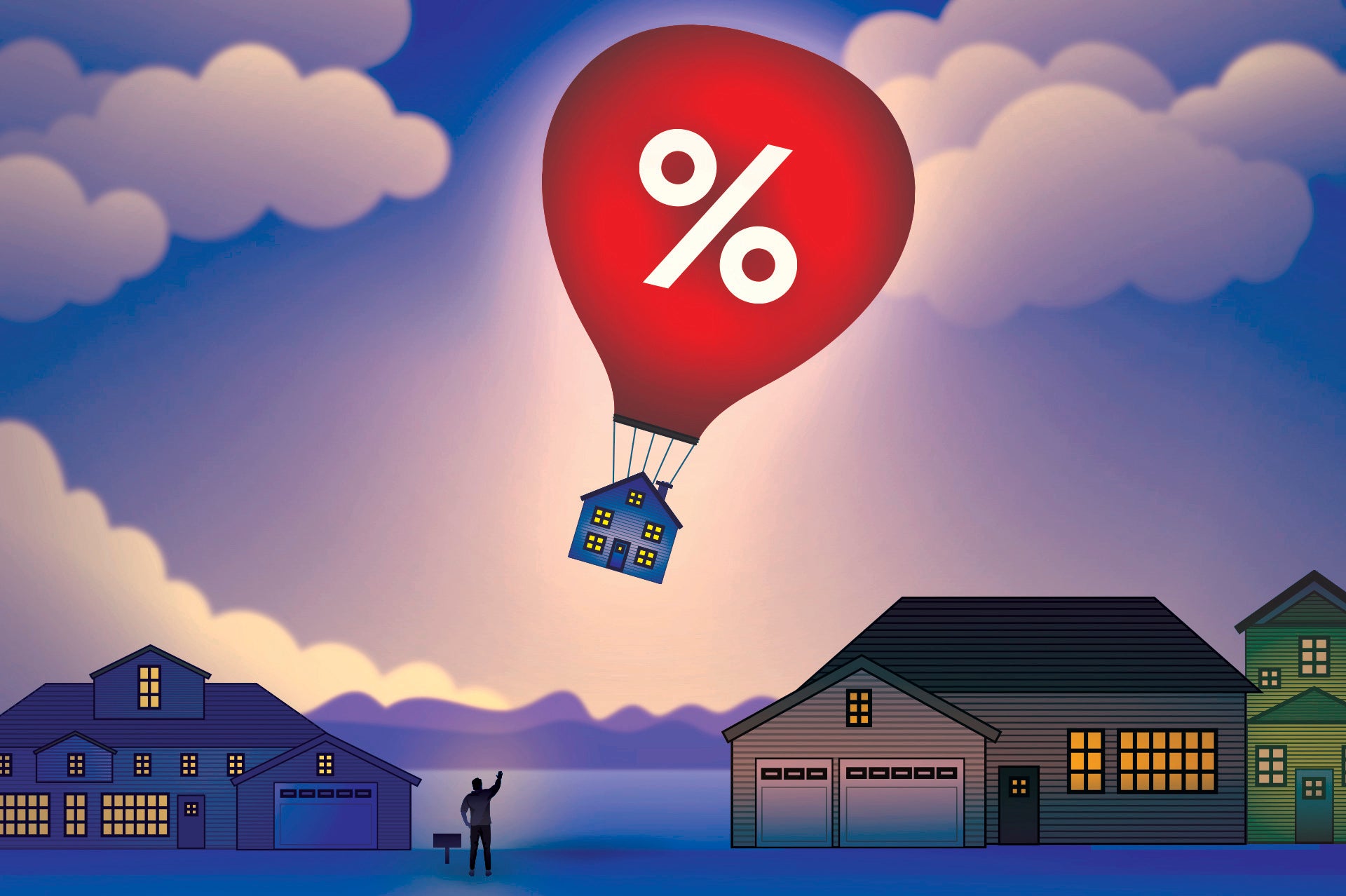Where are the homes? Glaring need for housing construction underlined by Century 21 CEO
The highest mortgage rates in more than two decades are keeping many prospective homebuyers out of the market and discouraging homeowners who locked in ultra-low rates from listing their home for sale

Your support helps us to tell the story
From reproductive rights to climate change to Big Tech, The Independent is on the ground when the story is developing. Whether it's investigating the financials of Elon Musk's pro-Trump PAC or producing our latest documentary, 'The A Word', which shines a light on the American women fighting for reproductive rights, we know how important it is to parse out the facts from the messaging.
At such a critical moment in US history, we need reporters on the ground. Your donation allows us to keep sending journalists to speak to both sides of the story.
The Independent is trusted by Americans across the entire political spectrum. And unlike many other quality news outlets, we choose not to lock Americans out of our reporting and analysis with paywalls. We believe quality journalism should be available to everyone, paid for by those who can afford it.
Your support makes all the difference.The highest mortgage rates in more than two decades are keeping many prospective homebuyers out of the market and discouraging homeowners who locked in ultra-low rates from listing their home for sale.
The dearth of available properties is propping up prices even as sales of previously occupied U.S. homes have slumped 21% through the first eight months of this year.
The combination of elevated rates and low home inventory has worsened the affordability crunch. Where does that leave homebuyers, given that some economists project that the average rate on a 30-year mortgage is unlikely to ease below 7% before next year?
Mike Miedler, CEO of real estate brokerage franchisor Century 21, recently spoke to The Associated Press about the challenges homebuyers face. He says the impact high rates are having on affordability and home inventory underscores the need for construction of more affordable homes. The interview has been edited for length and clarity:
Q: With the average rate on a 30-year mortgage hovering above 7% since August, is this the new normal or should buyers hold out for rates to ease?
A: You’ve seen the fastest run-up in mortgage rates that we ever have in history. And at the same time, I think we’ve got to recognize that they’re still right on par with what is probably the 50-year average for a mortgage rate in this country. But I don’t see anytime soon we’re going to be going back to 2% or 3% mortgage rates. I think we’re probably somewhere in this 5% to 7% range for the foreseeable future.
Q: The national home sales inventory has been inching higher, but remains very limited at around 1.1 million homes. What’s the solution?
A: If you look over the Great Recession from a real estate perspective here in 2008-2012, when so many people lost their homes to foreclosure and you overbuilt, what’s happened this last decade is anywhere from 3.5 million to 5-plus million homes that we’re short. We’re kind of going into a macro supply and demand issue, which is you’ve got the largest generations in U.S. history — millennials and Gen-Z — entering their main homebuying years, and we just don’t have enough property to sell and for people to move into. (Homebuilders) are developing more of what I would call high-end properties, but not enough creative first-time homebuyer situation properties. And I think that’s really the solve to all of this.
Q: After years of underbuilding, the pace of new home construction would need to ramp up sharply and remain elevated for years to make a dent in the housing shortage. Does that mean the housing market will be limited by a low level of homes on the market for the foreseeable future?
A: If there’s not a lot of movement in rates, where a move-up buyer can see getting into a bigger home, a more dream home, something that is going to get them more bang for their buck, then you’re probably going to see this inventory issue persist. And we may continue to see somewhere along the lines of plus or minus 4 million existing homes sold, year over year, versus the normal 5 to 5.5 (million) that we’ve seen over the last decade or so.
Q: Home prices skyrocketed during the pandemic and haven’t eased significantly despite the housing downturn that began last year. Are you optimistic more first-time buyers will be able to afford to buy a home in the next few years?
A: I think you have to look at just affordability in general. It takes about nine years for the current generation to save for that 10% down (payment). When boomers were doing it in the 80s and 90s, it only took you about five years. And so I think that’s why you’re seeing more and more people having to go to the ‘bank of mom and dad’ to borrow. But that’s also why you’re seeing a lot of drive into more affordable markets. People are moving to places where obviously there are jobs, but (also) inventory that they can afford.